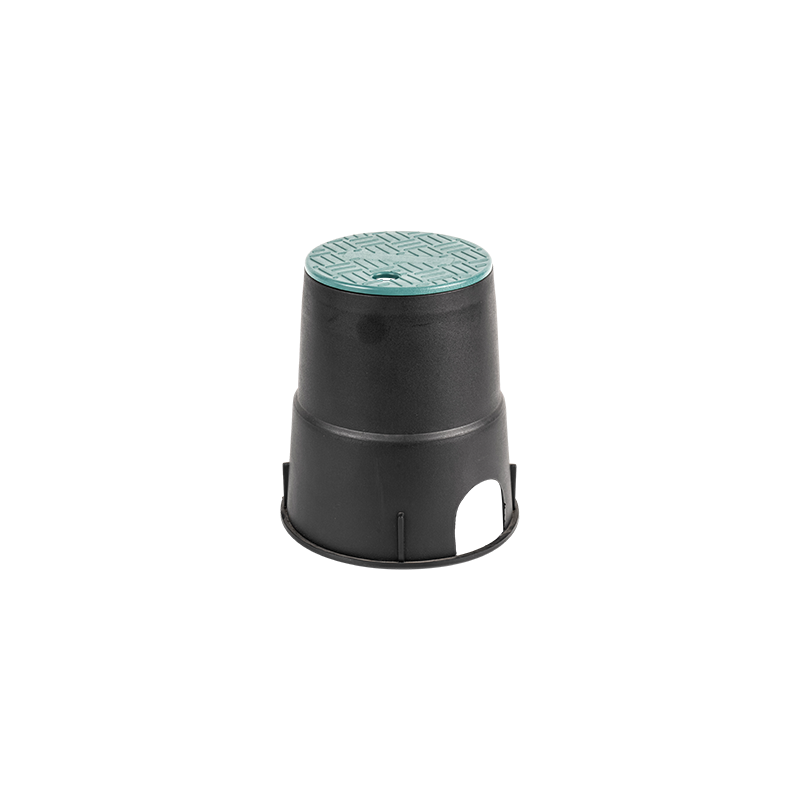 By Admin
By Admin Plastic valve boxes are primarily designed to provide robust protection for valves and other critical components of irrigation and plumbing systems. These boxes shield valves from a variety of external threats, including soil intrusion, moisture exposure, and physical impacts from environmental factors or human activities. The durability of plastic materials, often engineered to withstand UV radiation, moisture, and temperature fluctuations, ensures that the enclosed valves are less susceptible to corrosion and degradation. This protective feature is particularly crucial in irrigation systems where valves may be buried underground and exposed to harsh conditions, such as heavy rains or frost.
One of the standout features of plastic valve boxes is their ability to facilitate quick and easy access to valves for maintenance and operational adjustments. Unlike buried valves that require excavation to reach, valve boxes allow users to access valves directly by simply opening the box. This accessibility is critical for routine checks and necessary interventions, especially in emergencies where a prompt response can prevent costly damage or system failure. For instance, if a valve needs to be closed due to a leak or malfunction, having it housed in a plastic valve box enables the operator to act swiftly without extensive digging or disruption.
Plastic valve boxes play a significant role in organizing multiple valves and irrigation components within a single enclosure. This organization not only streamlines the overall system design but also simplifies management and operation. In complex irrigation setups, where several valves may be controlling different zones or functionalities, having them neatly arranged in a dedicated box allows for easier monitoring and control. This systematic arrangement can help users quickly identify specific valves and their corresponding functions, thereby reducing the risk of operational errors during adjustments or repairs.
Effective drainage is a critical aspect of maintaining the performance of valves in irrigation systems. Many plastic valve boxes are equipped with built-in drainage features that allow excess water to escape, preventing accumulation within the box. Stagnant water can lead to valve corrosion, malfunctions, and increased wear and tear, ultimately affecting system efficiency. By ensuring that water flows away from the valves, these boxes help preserve the integrity of the entire irrigation system and extend the lifespan of the components housed within.
Plastic valve boxes often incorporate labeling and marking options that facilitate the identification of specific valves and their functions. This is particularly beneficial in intricate systems where multiple valves are present, as it allows operators to quickly locate the required components during routine maintenance or emergencies. Proper identification reduces the chances of mistakes that could arise from mismanaging valve controls, thereby enhancing operational efficiency. For instance, if a valve needs to be adjusted for water flow in a specific zone, having it clearly labeled ensures that the operator can quickly access and modify the correct valve without confusion.
In addition to their functional attributes, plastic valve boxes contribute to the visual appeal of landscapes and outdoor environments. They offer a neat and organized solution for concealing unsightly plumbing components, ensuring that irrigation systems blend seamlessly into the surrounding landscape. This aesthetic enhancement is especially important for residential properties and commercial landscaping projects, where curb appeal and visual presentation are vital. By providing a tidy appearance, plastic valve boxes not only improve the overall look of a property but also reflect well on the property owner's commitment to maintenance and care.
YR9301 6" round irrigation valve box(VB708)
